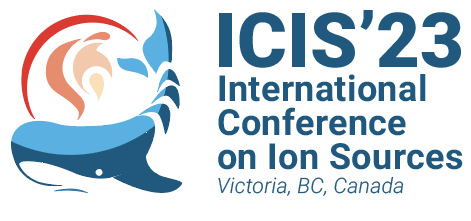Speaker
Description
Laser ablation source (LAS) is an adaptable and efficient ion production technique for mass spectrometry, allowing for flexible analysis of various sample types. By depositing laser energy into the target, atoms or molecules in the sample are ionized. The development of a LAS for supplying stable isotopes to TRIUMF's TITAN platform enables novel studies, such as isotope abundance measurement and precision mass measurement calibration. To ensure reproducibility and accuracy with this technique, efficient ion transport and consistent initial conditions must be maintained, including ionization efficiency, narrow energy distribution, and controlled beam divergence. Achieving efficient ion capture across the entire surface of a sample and reliable ion delivery from target to mass spectrometer through ion optics is also crucial for accurate results. To overcome these challenges, the study used SIMION software to optimize the ion optical design and improve performance.
The low number of ions of interest relative to the total number produced (e.g., 10 ions of interest out of 10^14 ions) is a key factor investigated in LAS performance. Thus, specific attention was paid to the design to realize efficient production and capture of the ions with a “built-in” low-resolution mass filter. To identify the effective operational range, energy distribution, beam divergence, and ablation spot position were examined. In addition, the study explored the innovative use of high voltage switching on bender electrodes to enable high pass mass filtering, the integration of Pierce electrodes to shape the beam, and the use of Einzel lenses to collimate the ion beam.
The combination of the nanosecond pulsed laser ablation ion source with a multi-reflection time-of-flight mass spectrometer MR-TOF-MS should result in an analytical tool designed to achieve high spatial resolution (50 µm) and high transport efficiency within energy distributions of 0-50 eV for beam divergence angle under 30.
| Funding Agency | NSERC |
|---|---|
| Email Address | behnam.ashrafkhan1@ucalgary.ca |
| I have read the Code of Conduct to attend ICIS2023. | Yes |
| Presenter if not the submitter of this abstract | Behnam Ashrafkhani |

